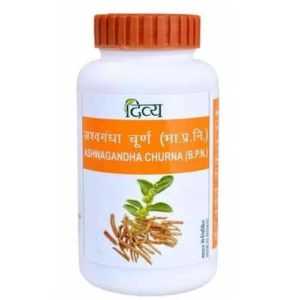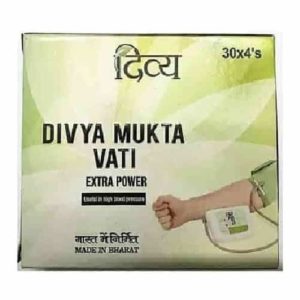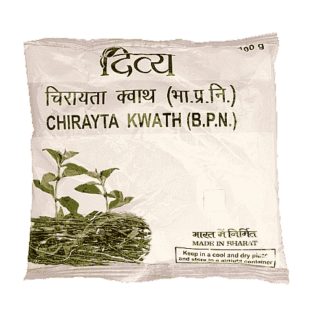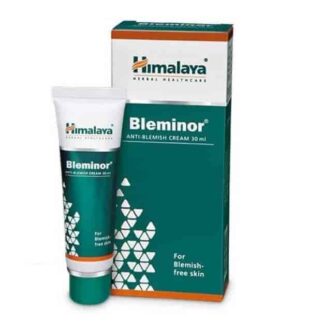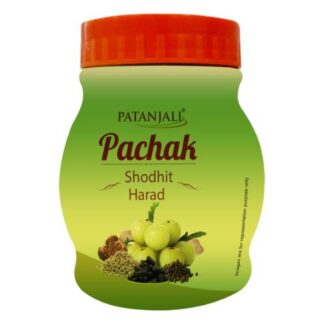Ashwagandha is the most powerful herbs in Ayurvedic healing which has been used since ancient times for a wide variety of condition. It is most well-known for its restorative and rejuvenating benefits. It is most valued for its thyroid modulating, neuro-protective, anti-anxiety, antidepressant and anti-inflammatory properties.
It has traditionally been used to strengthen the immune system after illness. It has also been referred to as “Indian ginseng” because of its ability to enhance your stamina and work as a natural stress reliever. It has been used in India for nearly 5,000 years for conditions such as failure to thrive in children, weakness and debility in old age, rheumatism, constipation, insomnia, nervous conditions, stress, goitre, joint inflammation, parasites, hormone balance, and more.
What is Ashwagandha used for:
Improves Thyroid Function
Increase Muscle Strength
Increases Stamina
Increases Endurance
Improves Memory
Reduces Fatigue
Help cope with Stress better
Helps lower Cholesterol
Stabilizes Blood Sugar
Protects the Immune System
Fights Cancer
Reduces Depression
Improve Sexual Function and Fertility
How to use Ashwagandha in your daily use:
Ashwagandha supplements are widely available online and on https://taraherbal.co.uk
It is best used when in powder form. Patanjali Divya Pharmacy Ashwagandha is the most sold ashwagandha in the entire world because it is the most pure natural and come from the deserts of Rajasthan which is known for its perfect blend of natural minerals best to grow the plant without any chemicals and fertilisers.
Recommended dosage as per Baba Ramdev is 5gm or 1 teaspoon with honey in warm water twice a day will give the best results and benefits.
Ashwagandha Side Effects & Precautions :
It is made up of steroidal lactones or withanolides, including withanolide A, withaferin A and withanone. These structures are unique to it and have different medicinal effects. Some parts of the plant contain more of these compounds than others, so when you are choosing an ashwagandha extract, you should pay attention to where it comes from. Leaf extracts usually contain higher levels of withaferin A, which is used to kill cancer cells and has cytotoxic effects. For all other health conditions, you should be using its root extracts.
When taken in appropriate doses, it has been regarded as safe for human consumption. Some possible side effects of it include upset stomach, vomiting and diarrhea. If you notice any of these side effects, stop taking the herb right away.
Ashwagandha should never be used by women who are pregnant or breastfeeding, as there is some evidence it may induce miscarriages and there is no available safety information about breastfeeding while on ashwagandha.
People using diabetes medications, blood pressure medications, medications that suppress the immune system, sedatives or medications for thyroid problems should not use ashwagandha unless they’ve consulted with their doctor first. Because the herb also works to modify these conditions, there may be adverse interactions.
It is possible that ashwagandha could increase symptoms of autoimmune diseases like multiple sclerosis, lupus and rheumatoid arthritis.
If you are going to have surgery that requires anesthesia, you should stop taking it at least two weeks beforehand in case the herb further slows down your central nervous system.
